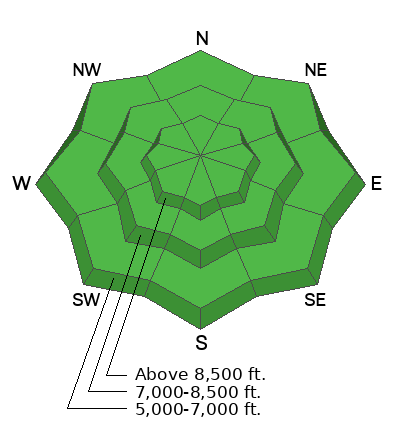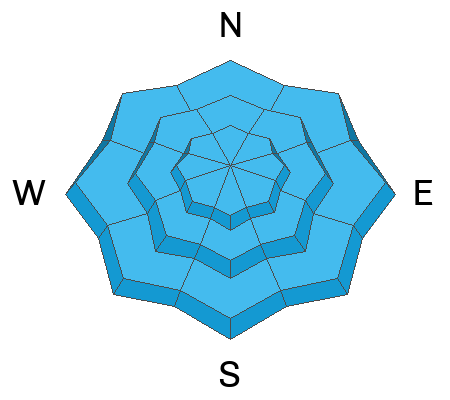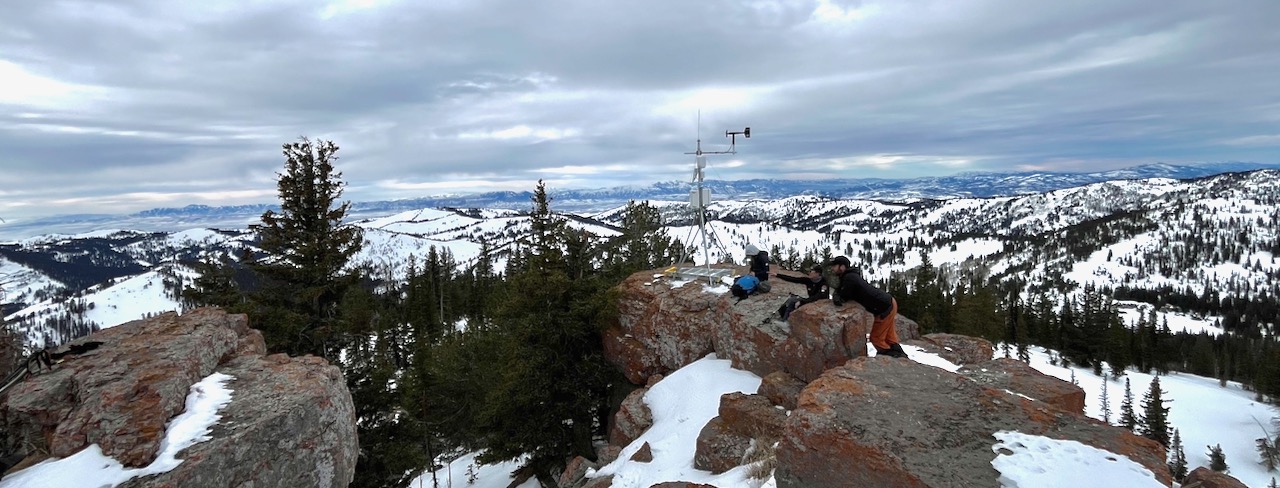We're finding a mixed bag of conditions, with mostly supportable crusts and bare slopes in sunny terrain, wind-jacked snow surface on exposed slopes, and "loud powder" consisting of recrystallized or faceted snow and glistening feathers of surface hoar in sheltered terrain. Travel in the backcountry is reasonably easy and generally safe on mostly supportable, fast snow. Shallow, early-season conditions exist, and hitting rocks or down trees is a significant consideration.
With 92% of normal SWE, the Tony Grove Snotel at 8400' reports 29° F and 40” of total snow. Light winds are blowing from the west < 10 mph, with gusts around 15 mph at the 9700' CSI Logan Peak weather station.
The weather will remain mostly the same as it has been through the middle of the work week, but a change is on the way. A storm will bring snow to the mountains of southern Utah on Thursday and Friday, with some light snow possible in the northern mountains. Confidence is growing that a potentially significant winter storm will impact the mountains of northern Utah and southeastern Idaho later this weekend, with timing and snow amounts still up in the air.
No avalanches were reported recently in the Logan Zone.
Check out local observations and avalanches
HERE.





 We went up to check on our new
We went up to check on our new 



